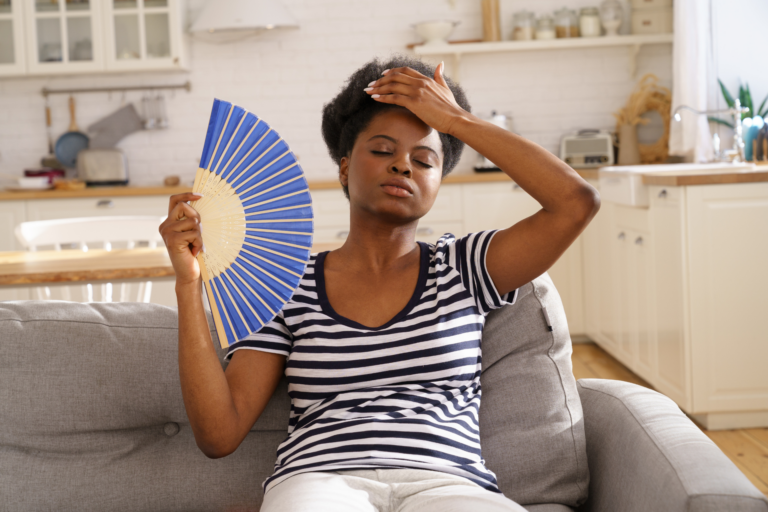How to choose the right sunscreen this summer
Dr. Monica Li, dermatology and skin science clinical assistant professor, debunks common sunscreen myths and discusses how you can choose the right sunscreen to protect your skin year round.

Summer is here and many of us are eager to get outside and soak up the sun.
But with longer, sunnier days, it’s important to remember to slather on sunscreen to help minimize the risk of painful sunburns, skin cancer and premature aging.
Dr. Monica Li, clinical assistant professor in UBC’s department of dermatology and skin science, debunks common sunscreen myths and discusses how you can choose the right sunscreen to protect your skin year round.
What are the most important things to look for in sunscreens?
There are two key things. First, it should be broad-spectrum protection against both UVA and UVB light. And second, the sun protection factor (SPF) should be at least 30 or higher.
Other considerations will vary based on personal preferences and user circumstances. For instance, people who have skin pigmentary concerns, such as melasma, or who want to avoid layering both sunscreen and makeup throughout the day, may benefit from a tinted sunscreen as it offers both UV protection and camouflage. For those with acne-prone skin, you’ll want a sunscreen that is non-comedogenic, oil-free, delivers a matte finish and/or has a lightweight texture. And if you’ll be in the water or engaging in outdoor sports, you may want to use water-resistant sunscreen.
It’s important to remember that sunscreen alone is not enough. Other ways to protect your skin from the sun include wearing protective clothing, a wide-brimmed hat, wraparound sunglasses, and seeking shade to minimize sun exposure during peak hours.
What are your thoughts on spray vs. cream sunscreens?
Both are good, so it really comes down to personal preference. What’s important is finding a product that you like and will apply consistently. For SPF sprays, remember not to spray it directly onto the face or inhale it, and wait at least 15 minutes before going out into the sun.
How much and how often do I need to apply?
One of the biggest mistakes people make is that they don’t use enough sunscreen. You need a shot glass amount—about two tablespoons—of sunscreen to adequately protect the face and body. In fact, you should apply a nickel-sized dollop to the face alone.
Sunscreens need to be reapplied every two hours, or even sooner if you’re sweating, swimming or changing clothes, which can rub off sunscreen.
What are the top sunscreen myths you would like to debunk?
The first myth is that sunscreen is not needed when it’s cloudy, raining or during the winter. Sunscreen should be used at least once every day, year-round. That’s because up to 80 per cent of UV radiation can reach us even on an overcast day, and our skin may be exposed to double the radiation damage during winter as the sun reflects off snow.
Second myth, that people with melanin-rich skin don’t need sunscreen. While it’s true that there is natural SPF on more richly-pigmented skin, it is well under the recommended SPF of 30 or higher, and it doesn’t adequately protect against UVA rays. A tinted mineral sunscreen that matches your skin tone is a good option because it has the needed SPF and won’t leave a white cast as it will blend well with the underlying skin tone.
Third, there is a myth that sunscreen blocks vitamin D production. While it’s true that sunscreens are meant to protect our skin from UVB light, which our bodies use to make vitamin D, they do not block it out completely. If you’re concerned about this, you can always opt to take vitamin D supplements, which is a safer and more sustainable alternative than not wearing sunscreen.
Interview language(s): English, Cantonese, Mandarin
Featured Researcher
Dr. Monica Li, MD, FRCPC, FAAD
Clinical Assistant Professor, Dept. of Dermatology & Skin Science




